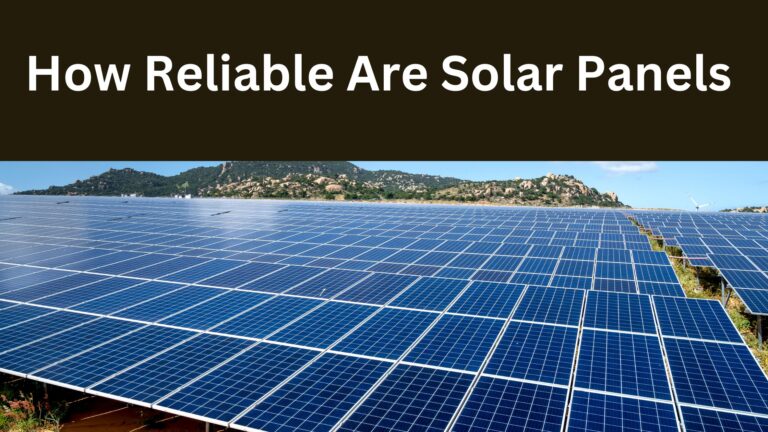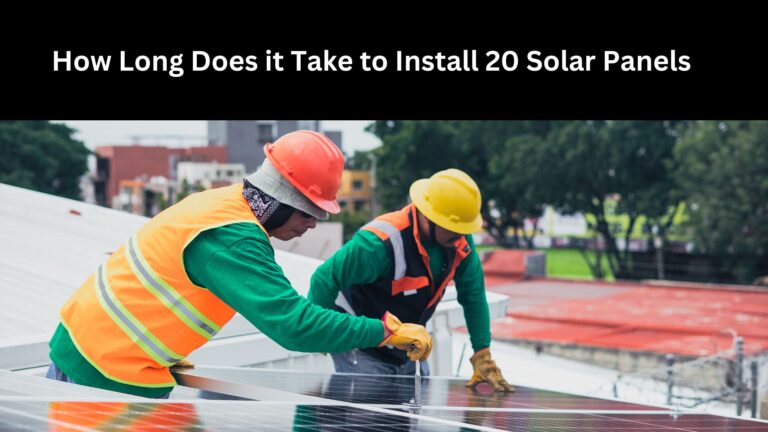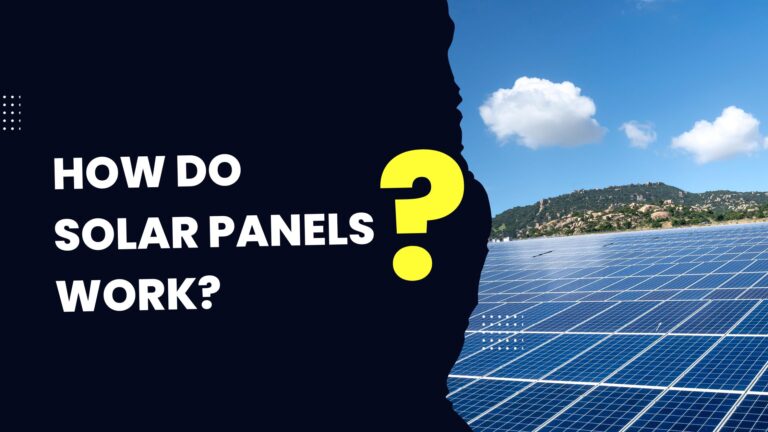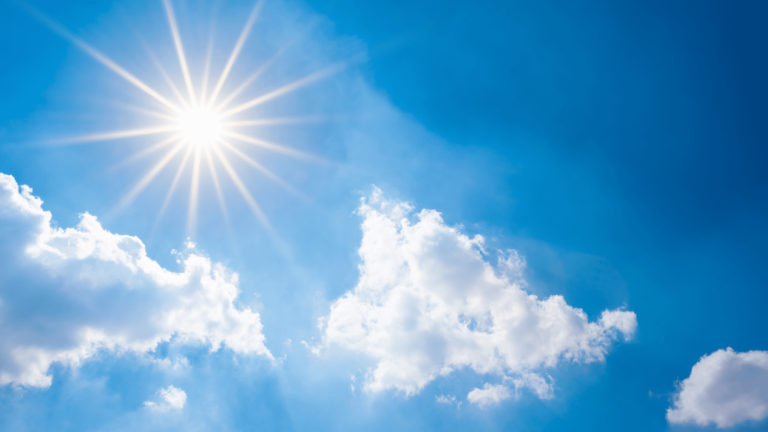Types of Solar Inverters
As the sun rises at the peaks of renewable energy, solar power has emerged as a beacon of sustainability, powering homes and businesses with clean, abundant sunlight. At the heart of every solar energy system lies a crucial component – the solar inverter. This unassuming yet indispensable device is the key to unlocking the power of solar panels, transforming their captured sunlight from direct current (DC) into the alternating current (AC) electricity that fuels our modern lives.
During the last decade, the solar industry has undergone a remarkable evolution. According to the National Renewable Energy Laboratory (NREL), costs have plummeted by 70%, and owning to that the industry’s popularity has surged. This translates into tangible energy savings right from the moment a solar system is installed. But before getting into solar quotes and installations, it’s crucial to understand the nuances of solar inverters and choose the right type for your specific needs.
With a plethora of solar inverters available, each boasting unique features and benefits, choosing the right solar inverter can be daunting. With so many inverter options, a question arises: What are the differences between each type of solar inverter, and which one should you choose for your installation?
Types of Inverters for Solar Panel
There are mainly four types of inverters used in solar power systems. While most inverters are designed to work with the grid, feeding excess power back and drawing power when needed, some can be adapted for off-grid applications, making them ideal for powering RVs, cabins, or other remote locations.
1. String Inverters
String inverters are the workhorses of home solar systems, offering the most budget-friendly way to convert sunlight into usable electricity. Imagine a team of solar panels working together. String inverters connect these panels in a simple line, like holiday lights. The connected panels send their DC (direct current) electricity to a central inverter box, which acts like a translator, transforming the DC electricity into AC (alternating current) electricity that powers your home.
String inverters are a popular choice for smaller-scale systems due to their affordability and ease of installation and maintenance. Since everything is centralized, troubleshooting and monitoring are also relatively simple.
However, string inverters have limitations, especially when dealing with shading or panel malfunctions. Because all panels in a string are connected, if one panel experiences a decrease in performance or shading, the entire string’s output is affected. This is known as the “Christmas light effect,” where the weakest panel in the string limits the performance of the entire group.
2. Microinverters
Microinverters represent a significant advancement in solar technology. They offer AC conversion at the individual panel level. Unlike string inverters, where multiple panels are connected in series, each solar panel with a microinverter operates independently. This means the performance of one panel doesn’t affect the output of others, leading to potentially higher overall system efficiency.
A key advantage of microinverters is their ability to mitigate shading or issues at the panel level. Since each panel operates independently, shaded panels or those with lower performance won’t impact the rest of the system. This makes microinverters ideal for installations with partial shading or varying panel orientations.
Additionally, microinverters provide enhanced monitoring capabilities, allowing users to track the performance of each panel individually. This granularity in monitoring helps identify and address any issues promptly, maximizing the system’s overall performance.
However, microinverters come with trade-offs. Their complexity leads to a higher initial cost compared to string inverters. Additionally, with more components, there’s a potential for increased maintenance needs. Despite these drawbacks, microinverters offer greater flexibility for future system expansion and superior shade tolerance.
3. Power Optimizers
Power optimizers are devices installed on each solar panel to ensure optimal performance and efficiency over an extended period. While both power optimizers and microinverters are panel-level components, a key difference lies in their approach to power conversion. Power optimizers facilitate maximum power extraction from the panels, but the conversion from DC to AC occurs at a central inverter. This contrasts with microinverters, where the conversion takes place at the individual panel level.
It offers a balance between cost-effectiveness, and reliability akin to string inverters, and the efficiency enhancements and panel-level monitoring capabilities reminiscent of microinverter systems. The installation costs associated with power optimizers can be lower compared to microinverters. However, similar to traditional string inverter setups, expanding the system at a later stage may pose challenges.
4. Hybrid Inverters
Hybrid inverters combine the functionalities of solar inverters and battery inverters, making them ideal for grid-tied systems with energy storage capabilities. These inverters are designed to work seamlessly with solar batteries, allowing users to store excess solar energy for use during peak demand periods or power outages.
A key advantage of hybrid inverters is their ability to prioritize energy usage based on user preferences. They can intelligently switch between grid power, solar power, and battery power, optimizing energy consumption and maximizing self-consumption of solar energy. This not only reduces dependency on the grid but also provides backup power during outages.
💡Also Read, Going Solar: How to Determine the Number of Solar Panels You Need for Your Home
How to Choose the Best Solar Inverter Type?
The ideal solar inverter for your setup depends on several factors unique to your needs and solar potential. Here’s a breakdown to help you navigate the options:
- Budget and System Size: String inverters are the most budget-friendly, making them a good choice for smaller systems. Microinverters and power optimizers can be more efficient for larger systems but come at a higher initial cost.
- Shading Concerns: Does your roof experience partial shade throughout the day? Microinverters or power optimizers can help mitigate power loss from shaded panels, unlike string inverters.
- Monitoring Needs: Do you crave detailed performance data on individual panels? Microinverters offer the most granular monitoring, followed by power optimizers. String inverters offer basic system monitoring.
Future Expansion Plans: If you envision expanding your solar system later, microinverters offer more flexibility.
Still unsure which inverter type is best for you?
At Solarpanelguides, we’ve helped countless homeowners and businesses navigate the exciting world of solar power. Contact us today for a free consultation with one of our solar experts. We’ll assess your specific needs, including your roof layout, energy usage, and local regulations, to recommend the most suitable inverter type for your solar energy system.
We can also work with you to design a custom solar system that fits your budget and maximizes your energy savings. Don’t wait to start saving money and powering your home with clean, renewable energy!

Solar Energy Engineer, Founder of Solar Panel Guide Blog, and passionate advocate for a sustainable future. ☀️🌿 #SolarEnergy #Renewables Read More About Peter




